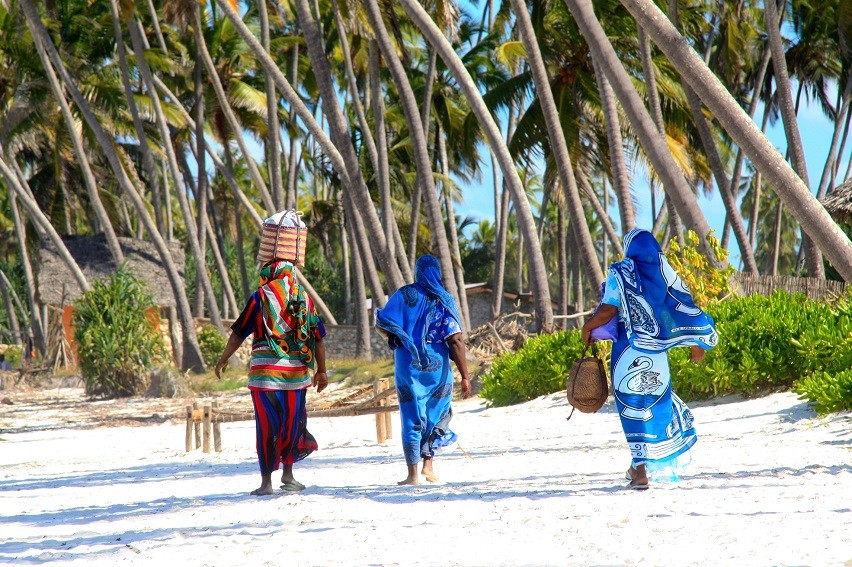Dar es Salaam. Good morning! The Chanzo is here with a rundown of major news stories reported in Tanzania on Thursday, January 26, 2023.
Debate rages as NGOs decry strategy naming men as victims of GBV
A heated debate is taking place right now in Tanzania following a decision by non-governmental organisations (NGOs) working on women’s issues to criticise a government plan that names men as victims of gender-based violence alongside women and children.
In its joint declaration on Wednesday, the Women’s Network on Constitution, Election and Leadership, whose members include leading NGOs like Msichana Initiative and TGNP, demanded the removal of men as victims of GBV in the updated National Plan of Action to End Violence Against Women, Children and Men.
The new plan follows the expiry of the Five-year National Plan of Action to End Violence Against Women and Children (2017/18 – 2021/22) launched on December 13, 2016, which stakeholders agree played a key role in the efforts to end GBV in Tanzania.
“The plan should continue to recognize women and children as the groups most affected by GBV,” the NGOs said in their joint declaration. “By recognizing men as victims of GBV, the plan ultimately loses its intended objectives.”
Full story here.
Police in Tanzania respond to U.S. Embassy’s terrorism alert
The Tanzania Police Force on Thursday allayed public fears about the threat of terrorist attacks in the streets of Dar es Salaam, saying the security situation in Tanzania’s commercial capital is stable.
Police’s security assurance follows a security alert released by the U.S. Embassy in Dar es Salaam on Wednesday, warning the citizens of the North American nation to be “alert to your surroundings.”
“Locations frequented by U.S. citizens and other Westerners in Dar es Salaam and elsewhere in Tanzania continue to be attractive targets to terrorists planning to conduct attacks,” the alert stated.
“Terrorist groups could attack with little or no warning, targeting hotels, embassies, restaurants, malls and markets, police stations, places of worship, and other places frequented by Westerners,” it added.
“Be alert to your surroundings,” the Embassy urged U.S. citizens living in Dar es Salaam. “Practice personal security measures [and] stay alert in locations frequented by tourists/Westerners.”
But police spokesperson David Misime told journalists in the capital Dodoma on Thursday that people have no reason to panic as the security situation is under control.
“We started to work on the alert as soon as it was released to the public,” Mr Misime said of the security alert by the U.S. Embassy. “We would like to assure the citizens that the security situation is stable and that they can go about their businesses as usual.”
Full story here.
Why is Tanzania benefiting less from its dairy sector?
Despite its long-lived identity, the dairy sub-sector in Tanzania is yet to unleash its potential towards the national GDP and actors involved in its value chain.
The dairy sector in Tanzania contributes only 1.5 per cent of the total GDP which is the least compared to other countries in East Africa, including Kenya and Uganda which have an average of six per cent contribution in their GDP from the dairy sector.
In Tanzania, dairy production is closely linked to cattle rearing, as the majority of the cattle raised in the country are used for milk production, meat, and other products such as hides and horns.
Tanzania has a large number of cattle compared to other African countries, with approximately 33.9 million according to the National Crop and Livestock Census.
However, the majority of these cattle are local breeds, which are known for their resistance to diseases and pests but have low milk production, with an average of fewer than 3.5 litres per day per cow.
This, coupled with the large population of cattle in the country, leads to low profitability and a limited amount of milk production at the local and national level, with an estimated three billion litres of milk produced per year, with a difference of 40 per cent between the dry and wet seasons which is largely contributed by the number of local breeds reared in the country.
Full analysis here.
This is it for today and we hope you enjoyed our briefing. Please consider subscribing to our newsletter (see below) or following us on Twitter (here) or joining us on Telegram (here). And in case you have any questions or comments, please consider dropping a word to our editors at editor@thechanzo.com.




